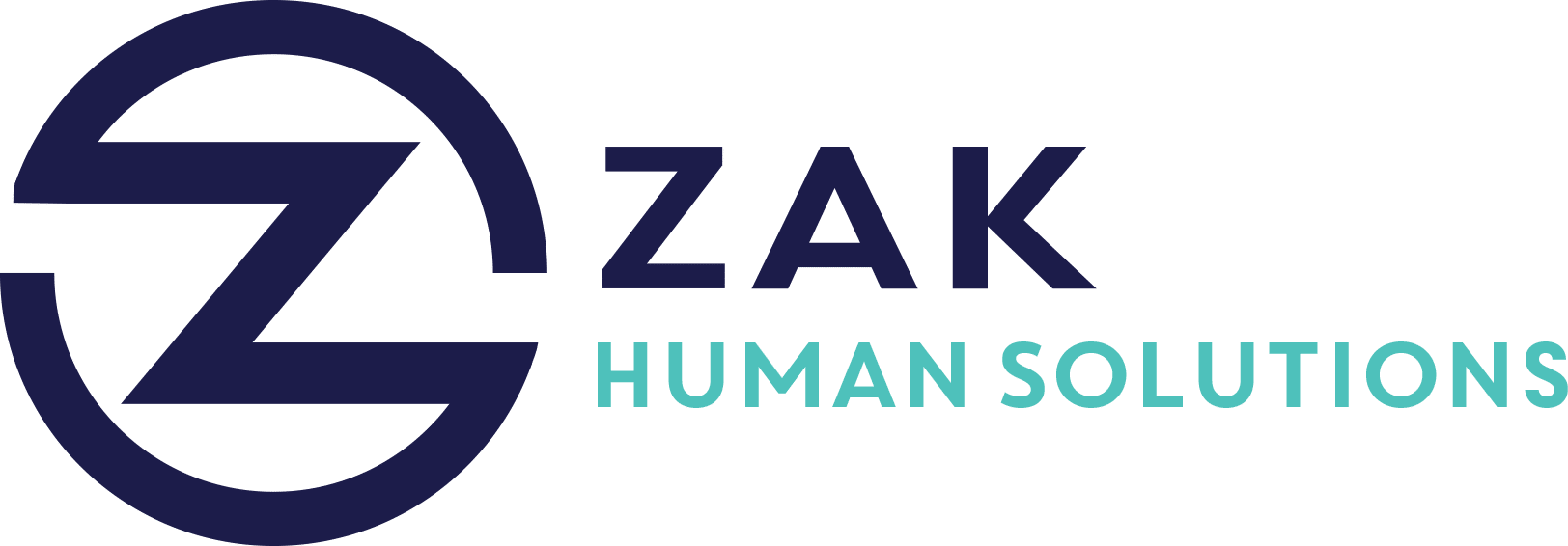Key Takeaways
- A growing number of employees are practicing “job hugging” due to fears of a stagnant labor market.
- Increased workplace resentment could trigger another Great Resignation once the job market improves.
- Employees feeling “stuck” in their roles is linked to declining job market perceptions, particularly in the tech sector.
- High turnover rates in management are creating instability and employee discomfort, contributing to disengagement.
- Experts suggest that open communication and employee feedback can help mitigate future mass departures.
In today’s turbulent economic landscape, the concept of “job hugging” has surfaced as a response to a challenging labor market. As fears of instability loom large, many employees are choosing to stay put in their current positions, a trend driven by the fear of a stagnant labor market and potential economic downturns. Yet, this trend is not without its complications and consequences. Let’s delve into what “job hugging” means, its implications, and explore strategies to address the challenges it presents.
Understanding “Job Hugging”
“Job hugging” refers to the phenomenon where employees cling to their current positions due to apprehension about the job market’s ability to offer better opportunities. This trend is not merely an act of loyalty; rather, it stems from economic uncertainty and a lack of confidence in finding alternative employment options. Key reasons influencing this behavior include:
- Economic Uncertainty: With a seemingly unsteady job market, employees are hesitant to risk leaving their current jobs.
- Security Concerns: The security of a steady paycheck and known work environment outweighs the unknown challenges of a new position.
- Limited Opportunities: A perceived or real scarcity of available jobs in certain sectors, especially during economic slowdowns.
Recognizing the Signs of Resentment
While “job hugging” may offer short-term stability for companies, it can also breed resentment and dissatisfaction among employees. This is particularly prevalent in sectors like technology, where rapid innovation and work culture dynamics typically foster high turnover. Signs of rising workplace resentment include:
- Low Engagement: Employees display minimal enthusiasm for work, often leading to reduced productivity.
- High Absenteeism: A noticeable increase in employees taking time off or arriving late could indicate disengagement.
- Decreased Innovation: A stagnant workplace where few new ideas are generated or communicated.
The Threat of a New ‘Great Resignation’
As the job market shows signs of revival, we may see a surge in employee turnover akin to the “Great Resignation” of previous years. Employees who feel stuck and undervalued may seize opportunities elsewhere, driven by a pent-up desire for change and better conditions. Companies must ask themselves: are they prepared for another wave of mass departures?
Management Turnover: A Double-Edged Sword
High turnover rates in management positions add another layer of complexity. While new leadership can rejuvenate and bring fresh perspectives, constant changes can also disrupt team dynamics and erode trust. This instability contributes significantly to employee discomfort and disengagement. The need for stability and consistent leadership becomes paramount in retaining talented employees.
Strategies for Employers: Retaining Talent in Uncertain Times
Employers looking to mitigate these challenges must adopt a proactive approach. Here are some strategies to consider:
- Foster Open Communication: Encourage regular check-ins and open lines of dialogue between employees and management. Providing a platform for feedback can help address grievances before they escalate.
- Invest in Employee Development: Offer opportunities for skill-building and career advancement. This not only improves job satisfaction but also prepares employees for future roles within the company.
- Cultivate a Positive Workplace Culture: Recognize and reward contributions, promote a healthy work-life balance, and create a supportive environment.
- Monitor Management Changes: Evaluate the impact of management changes and ensure succession plans are in place to maintain continuity.
Looking Forward
In conclusion, the phenomenon of “job hugging” reflects broader trends of uncertainty and caution in today’s labor market. Employers must navigate these waters carefully, balancing the need for stability with the imperative to engage and retain their workforce. Through a combination of strategic leadership and empathetic management practices, companies can turn the challenge of “job hugging” into an opportunity for growth and transformation.




